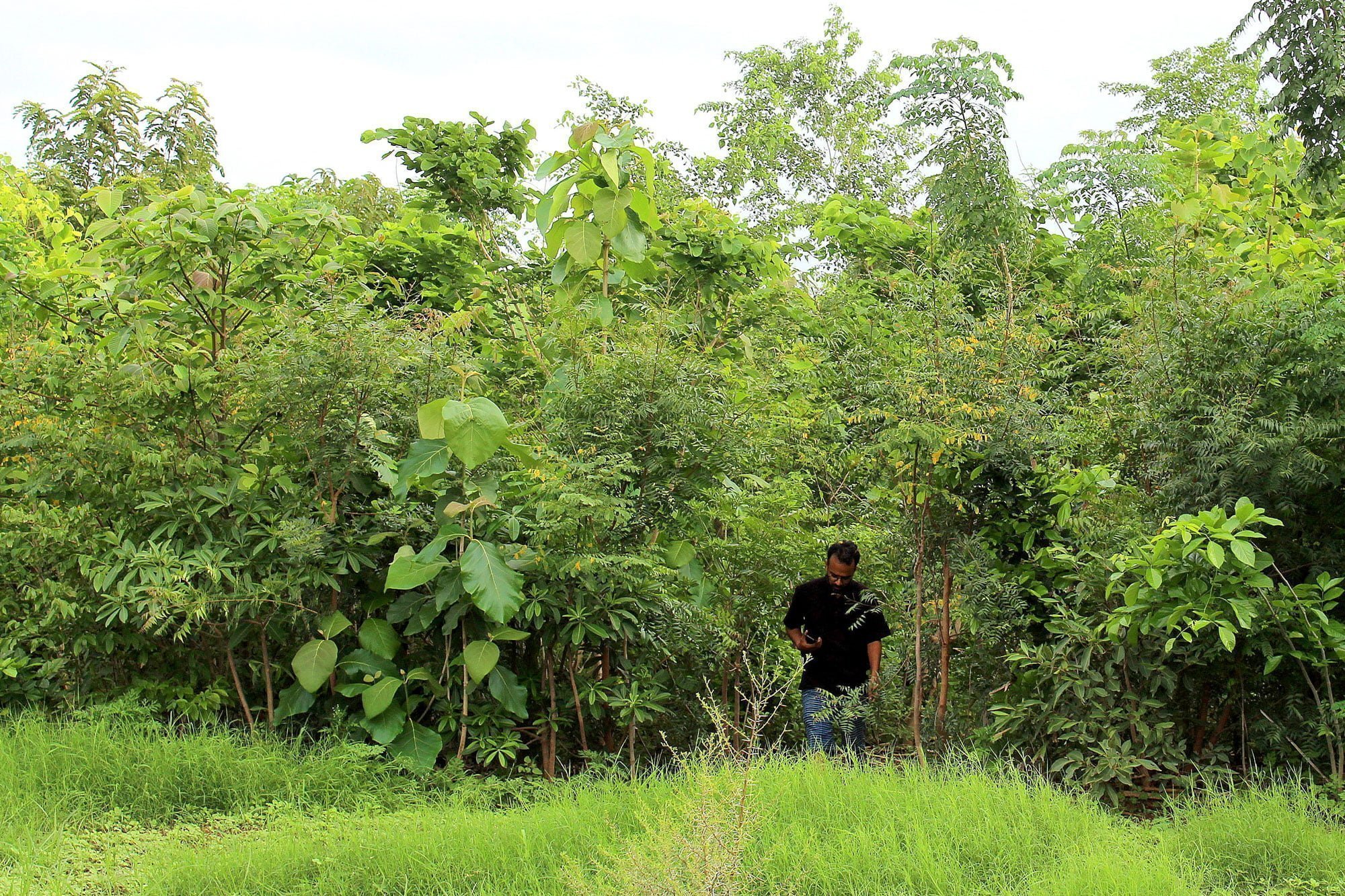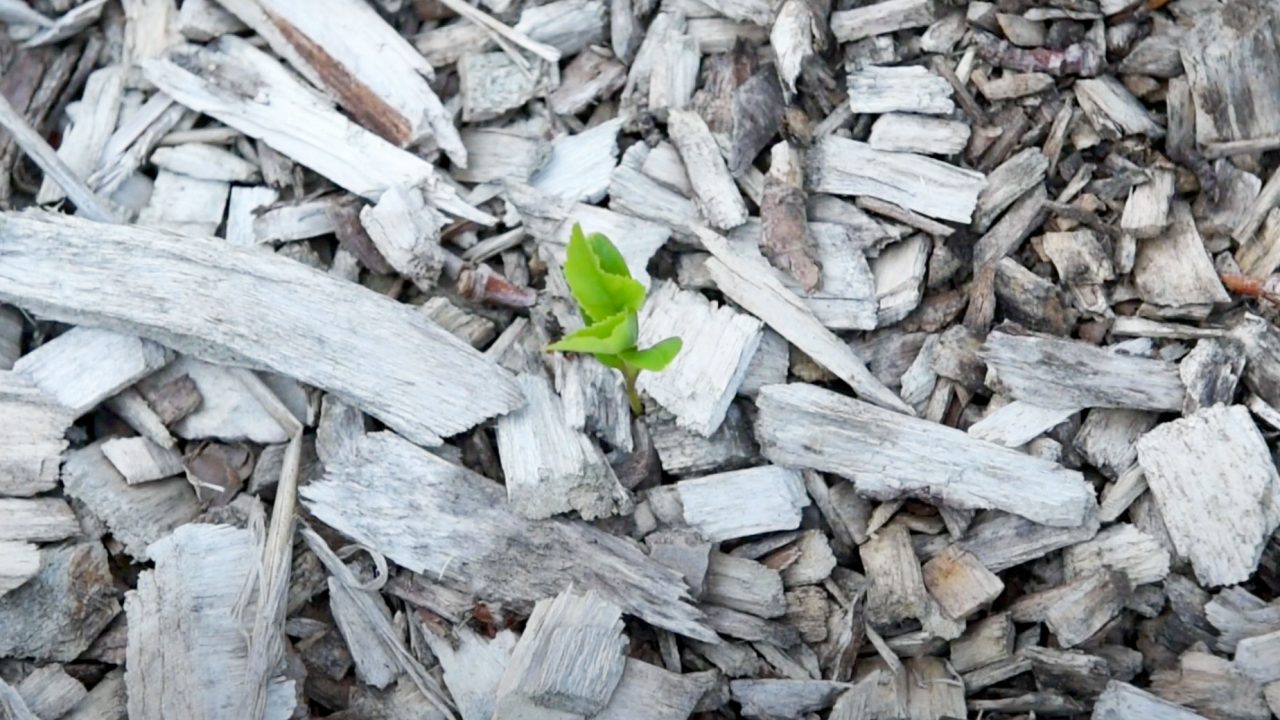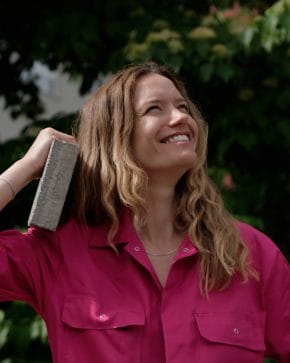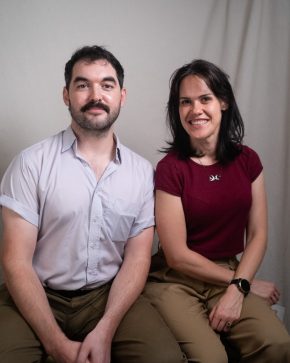Imagine patches of wild forest dotting the hearts of our busiest cities – places humming with life beneath a cool verdant canopy. Not only is this possible, you can plant one yourself. Discover the world of tiny forests, a miracle of fast-growing greenery in miniature.
As the first blooms push their way up through the still-cold flower bed soil, the lone trees aligned neatly along the roadside reveal the first hint of green. Life is returning to the city.
But what kind of life is it? Manicured patches of plants hemmed in by pavement − only able to flourish when weeded and watered. What if instead, we allowed a wilder, less cultivated version of nature back into our urban areas?
“By planting these small pockets of forest, we are bringing back the natural ecology in which humans have evolved”
Shubhendu Sharma
This is the thinking behind ‘tiny forests’ – a new phenomenon that is gaining ground as a way to make our cities greener and more natural. The idea is to pack all of the benefits of a full forest into a city-friendly size.
Shubhendu Sharma is the Indian eco-entrepreneur who developed the idea. His method makes it possible to plant a dense, multilayered forest of up to 300 trees in a space that would normally fit six parked cars. And, while regular forests can take 100 years to reach maturity, Sharma’s forests are lush and verdant after just 10 years. The outcome is a naturally balanced miniature ecosystem that can largely be left to do its own thing. Using a mix of native vegetation ensures that one species doesn’t end up dominating the rest.
Tiny forest impact
- 250 kilograms of CO2 per year are captured by a single 200 m2 tiny forest – the same as the CO2 emitted on a car trip from Amsterdam to Barcelona.
- Tiny forests are capable of attracting over 500 animal and plant species within the first 3 years.
- Tiny forests mitigate urban heat stress: on a warm summer’s day, the soil in a tiny forest is up to 20 degrees cooler than the temperature of a city street.
So what do trees offer that lawns and lilacs don’t? Sharma is passionate about the positive effects: “We believe that by planting these small pockets of forest, we are bringing back the natural ecology in which humans have evolved as a species and when we do it, we create more mental and physical wellbeing.”
A growing body of research backs this up, with studies revealing that spending time in or near forests or trees boosts the immune system, lowers blood pressure and reduces stress.
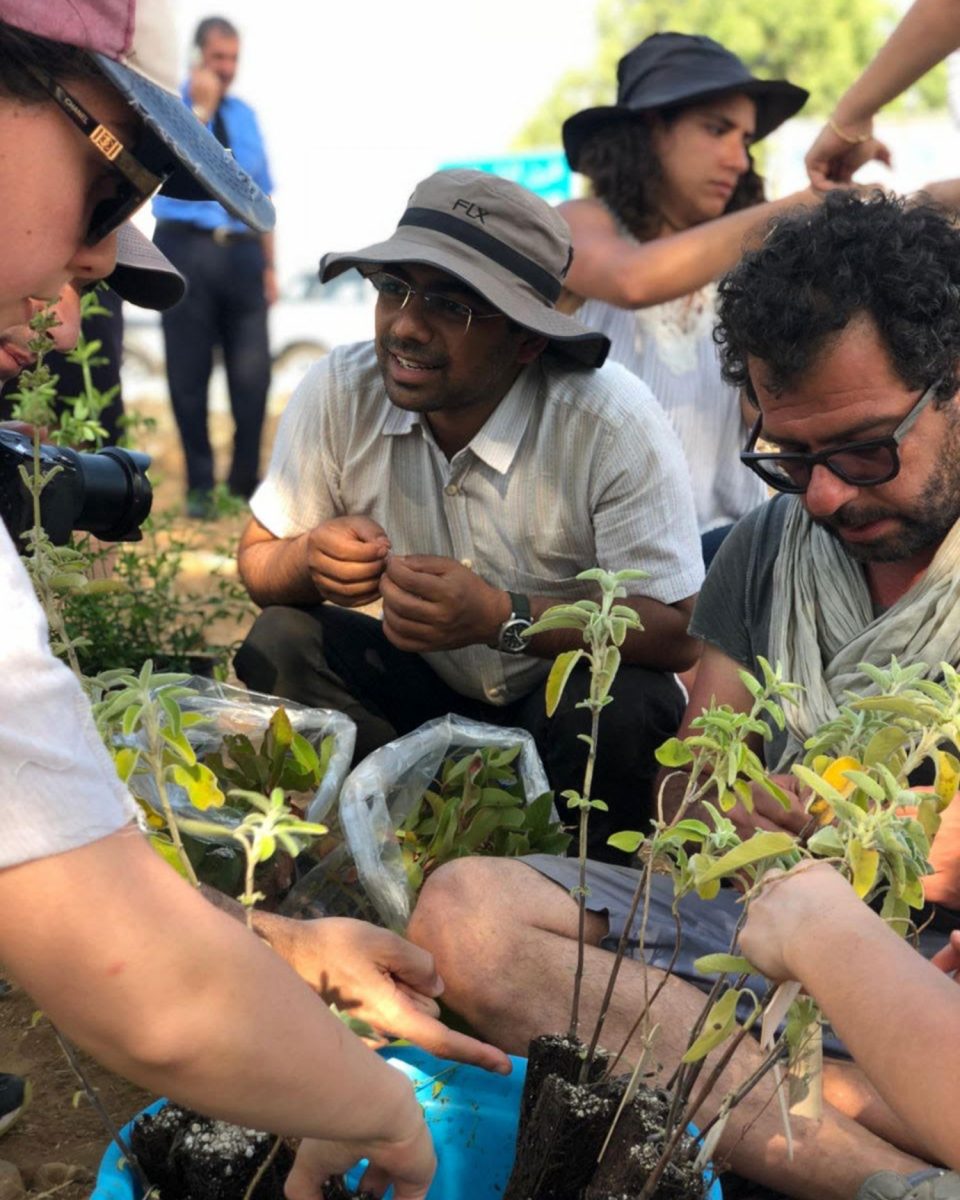
“You shouldn’t have to go for a long hike in the mountains to be in nature”
Shubhendu Sharma
Yet, as city dwellers know, getting yourself out into a proper forest regularly is no easy feat. So if we can’t get ourselves to the forest, it makes sense to bring the forest to us. “You shouldn’t have to go for a long hike in the mountains to be in nature − why can’t you just make a forest in your backyard? That’s why we should be making these tiny forests. Anywhere and everywhere,” says Sharma.
Forests, even tiny ones, also support wildlife such as birds, insects and pollinators. This is something that Sharma has experienced first-hand. He planted his first forest in his own backyard and after just nine months, the number of bird species spotted increased from 7 to 17. Five years after planting the first tree he spotted a new bird: “I’d never seen one like it and found out it’s a grey Indian hornbill, which is quite rare. Now it comes to our forest every year. For me that’s beautiful – the best outcome.”
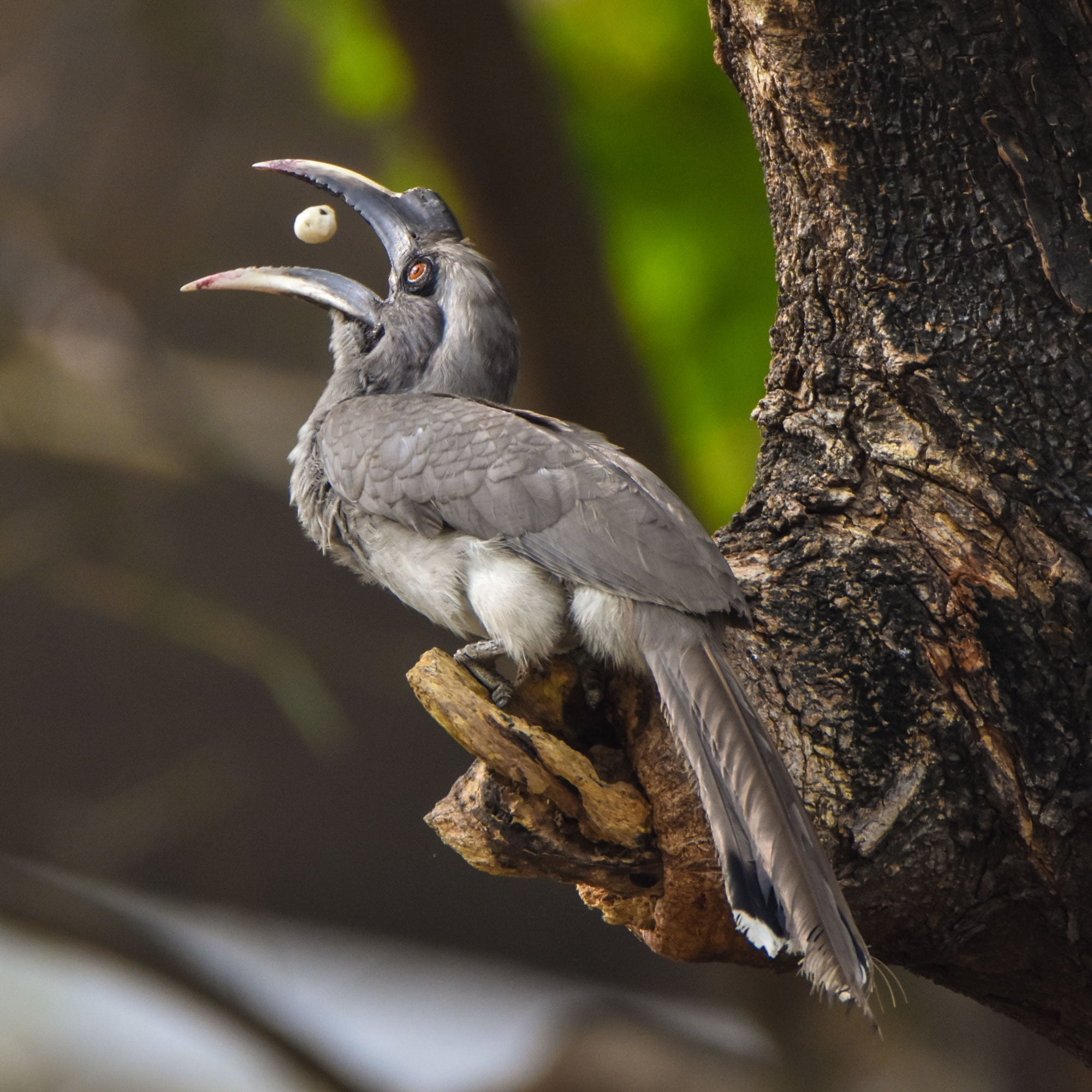
Usually quite rare, a grey Indian hornbill now visits Shubhendu Sharma’s own tiny forest every year. Photo: Deven Dadbhawala/Getty
It was when working as an industrial designer for Toyota that Sharma first encountered the power of miniature forests through the work of Japanese botanist Dr. Akira Miyawaki, who developed a fast-track reforestation method in the 1970s and was tasked with making the company grounds greener. Sharma was so inspired by what he saw that he started volunteering on the project, learning as he went, before deciding to give up a career in cars altogether to build forests full time. He founded Afforestt in 2011, with a streamlined system for creating native forests. Today his open-source guide is available for anyone interested in planting their own urban forest.
Like the best ideas, this one is catching on. So far Afforestt has been involved in planting forests in 44 cities across 10 countries, from Iran to Singapore to Nicaragua. The movement is also growing in Europe, with the Netherlands alone home to some 100 of these mini woodlands. While they are proving popular with local councils, corporations and schools, individuals are also getting involved.

In Dublin, Ireland, Ashe Conrad Jones and Catherine Cleary immediately fell in love with the idea when they heard about it at the beginning of lockdown last spring. “We decided, if nobody else is doing it, we will,” says Cleary.
Before Covid, Cleary worked as a restaurant critic and Conrad Jones was in the events industry, so they both found themselves considering a new direction. “It boiled down to a simple question. Do I want to spend the next the decade writing a book or advancing a journalism career, or do I want to give something back to the earth?” Cleary says.
They live in a part of the Irish capital with the lowest amount of green space in the country – 0.67 metres per person, far below the World Health Organization’s recommendation of at least 9 square metres per person.
“You can visibly see kids getting excited about being able to regenerate soil”
Catherine Cleary (pictured right, with Ashe Conrad Jones)
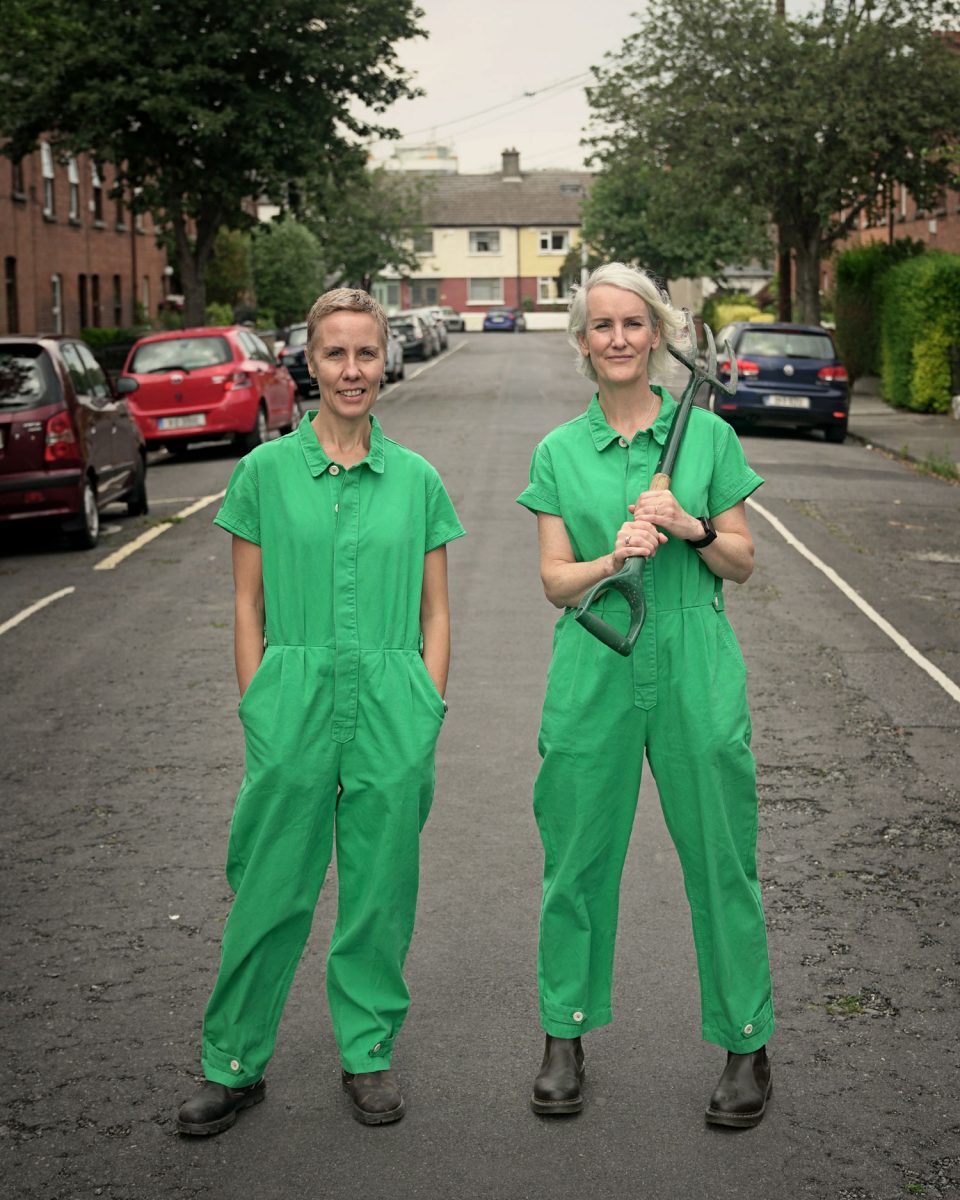
Since reaching out to Afforestt and Dutch partner organisation IVN for the necessary knowhow, they have planted over 720 trees and shrubs and many thousands of wildflower seeds in Dublin. Encouraged by the response, they have now started their own initiative called Pocket Forests.
Working with schools is particularly rewarding, they find. “The thing that shines through is that sense of reconnecting with nature, or connecting for the first time – I think kids in parts of the city have no experience of digging in the soil or anything like that,” Cleary says. “You can visibly see kids getting excited about being able to regenerate soil and create good conditions for plants.”






In the UK, environmental charity Earthwatch Europe says people have become more aware of the importance of green space during the pandemic. The organisation is now working to connect people who’d like to create a patch of woodland wilderness, with those who have the land or funding to make it happen. It’s a way to mitigate flooding, heat stress and biodiversity loss in urban areas. And for the people involved, it’s a clear, tangible action they can take to improve the environment. By the end of this season, Earthwatch Europe expects to have planted 38 tiny forests across the country from the south coast to Scotland. There’s even one on the Channel Island of Jersey.
The hope is that as more of these forests pop up, they can act as stepping stones, creating networks of green space that allow animals and insects to go from one area to the next, providing the shelter and sustenance they need. By interweaving nature into our daily lives perhaps we will once again realise that nature is a part of us. And when nature does well, so do we.
Cleary would love to see tiny forests appear in every neighbourhood, so they become as familiar as a recycling point or a bike stand. But first, she says, we have to plant the seed of the idea in people’s minds. “We can’t care about things until we know them.”
What you can do
- Stop making lawns, plant a forest! Discover how with Afforestt’s open-source guide.
- Leading the tiny forest movement in Europe are Earthwatch Europe and IVN – both offer heaps of useful information and advice for anyone wanting to start a forest.

